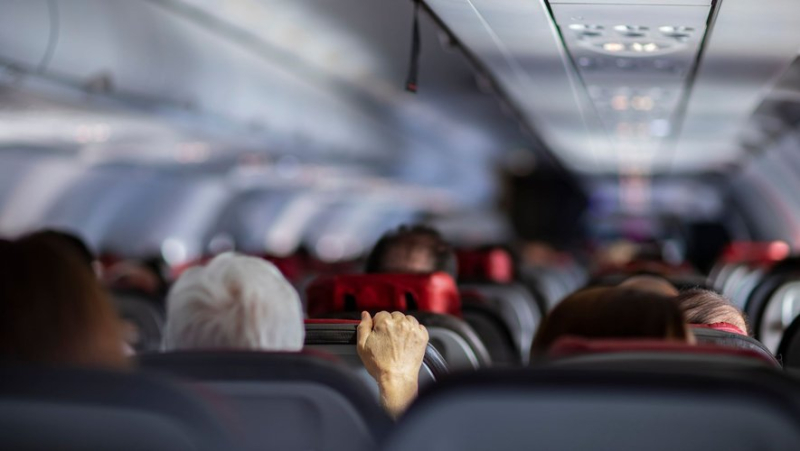Transformed “into a projectile” or totally disoriented, what effects does air turbulence have on the body ?

Aerial turbulence: transformed “into a projectile” or totally disoriented, what effects on the body ?
Severe turbulence experienced by a Singapore Airlines flight caused the death of a 73-year-old British passenger this Tuesday, May 21, 2024. Dozens of others were injured. How does the body react to turbulence, depending on its severity ?
Tuesday May 21, 2024, a Singapore Airlines flight connecting Singapore to London was diverted to Bangkok after experiencing severe turbulence. The toll is heavy. A 73-year-old British man died, and 20 people were still in intensive care this Wednesday, most of them victims of head shock. The plane was carrying 211 passengers and 18 crew members.
According to flight data, the aircraft was shaken by severe turbulence. The company confirms that the plane experienced extreme and sudden turbulence while flying over Burma, at an altitude of 11,000 meters, 10 hours after its departure.
Already very shaken from top to bottom, the aircraft also fell 1,900 meters in three minutes. "Suddenly the plane started to tilt and there was shaking, so I started to brace myself for what was happening, and very suddenly there was a very intense fall, so everyone sitting and not wearing seat belts was immediately thrown to the ceiling", explained a passenger on the flight to Reuters news agency.
What causes the turbulence ?
Turbulence is an unstable air movement, caused by hot or cold air flows, changes in speed and direction of winds or storms. We can distinguish four types of turbulence:
slight: small random changes in heading, from imperceptible to negligible; moderate: greater changes in heading with the feeling of shaking; severe: sudden changes in altitude; extreme: total loss of control of the device.
What consequences in the cabin ?
As for the passengers on the Singapore Airlines flight, turbulence can throw individuals and cause fractures and trauma. The best way to avoid injuries ? Keep your seat belt on throughout the flight. Otherwise ? "In severe turbulence, the vertical motion of the aircraft may exceed the gravitational pull", explained to the New York Times Dr. Paul Williams, professor of atmospheric sciences at the University of Reading in England. "This means that if you don't wear your seat belt, by definition you will become a projectile, you will be catapulted, you will rise out of your seat".
A phenomenon illustrated by the blog peuravion.fr: "a turbulence of a few tens of centimeters upwards can cause a much greater sensation of descent: our body lies to us. In a car, if you hit a speed bump of 20 cm at 100 km/h, it is likely that you will hit the ceiling. So imagine this same 20 cm bump but taken at 800 km/h: it can cause passengers to fall.
The disoriented brain
As for less severe turbulence, it can nevertheless greatly disorient travelers. In an article published on the site The Conversation, Adam Taylor, professor and director of the Center for D& rsquo;learning clinical anatomy at the University of Lancaster (England), describes what happens in the body during turbulence.
According to him, the inner ear is no longer able to function normally, which is the cause of spatial confusion."All of these devices (contained in the balance apparatus) cannot distinguish the movement of the plane from that of the head, so the brain interprets the movement of the plane. rsquo;plane like that of the head or body But this does not correspond to the visual information received, which causes sensory confusion".
.
Indeed, in a plane, our vision collides with the back of a headrest; However, sight is the essential sensory tool for positioning oneself in space. The inner ear becomes the dominant sensory message from the brain, completely out of sync with sight. Result ? Motion sickness which causes dizziness, sweating and gastrointestinal symptoms.
How to mitigate the effects of turbulence ?
Adam Taylor points out that sitting in a seat toward the front of the aircraft or above the wing can reduce the effects of turbulence. Just as being able to look out the window helps the brain understand, thanks to visual information, its real situation. He also advises focusing on your breathing and not consuming alcohol. According to him, certain medications can help.
Adam Taylor also describes an increase in heart rate, already higher than on the ground due to a decrease in oxygen saturation. A clarification which could explain the death of the British passenger, apparently from a heart attack, according to various media.




